Walers in Action
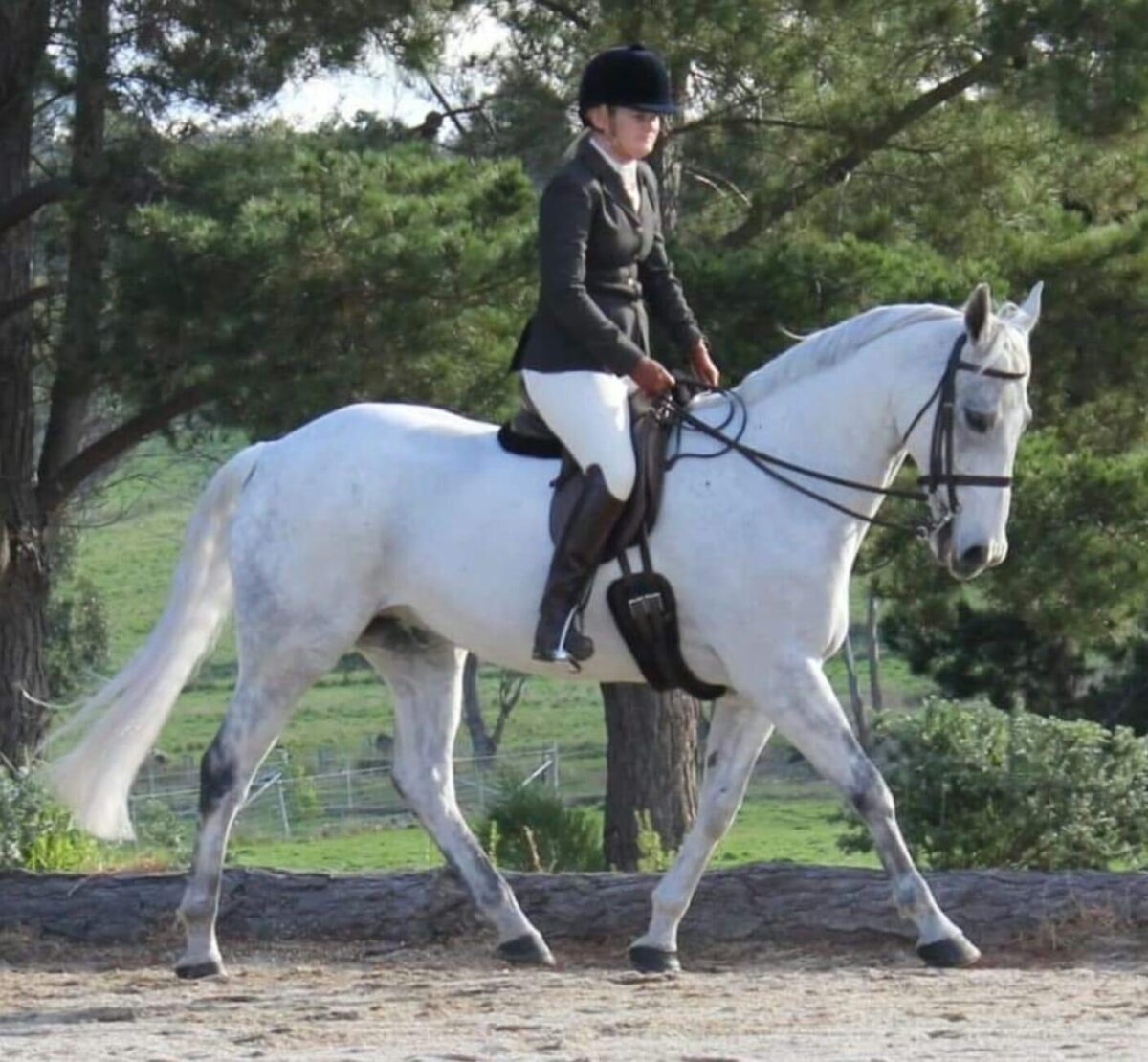
Documented by Janet Lane ©, with updates on previous iterations over the (now many) years. Image: Gelding Sapling
A Waler is known for a sensible, calm temperament. They are good natured and wise. A Waler thinks, it assesses strange situations, it does not panic without very good cause.
The walk is most important. The Waler walks out well, with a long ground covering walk that is not slow, has its joints, shoulders and quarters working properly and therefore has good working conformation. It should work well at other paces too (stallion Ezekiel for example). It will be a comfortable ride and when walking is required, get over distances at a restful pace without being painfully slow. This is a necessity for work, war and general riding. A Waler should never be lazy at the walk. The exception may be a horse leaving home reluctantly, or a very green horse being unsure under saddle – the only excuses I would accept.
I’ve seen Waler brumbies run hard by helicopter, they get emaciated from the ordeal; then driven days by riders (I was one) without time to feed, and thirsty all day until water is reached at night. They never dawdle. To keep walking out will get them over the huge distances to water, feed, safety. They don’t give up. I’ve ridden them hard after wild cattle for days – tired out, they never dawdle; laziness can also affect the mind and any relaxing of the reflexes could be fatal. Walers should all have a ground covering, fast walk.
The trot with a Waler is not so important, but it’s here you can see if the horse dishes or weaves or overstrikes. You can also see the knee action. It’s a fault in Walers if they have a daisy-cutter action, that is, the feet barely skimming over the ground so they will stumble easily. Walers must be very surefooted. Very extravagant action, with the upper foreleg coming above the horizontal, is not desired. The trot should be elastic with the horse carrying itself well and getting its hind legs well under it and be energetic (gelding Enoch is a good example). The trot will probably be nothing fancy – unless there is Norfolk ancestry – these horses trot along at the rate of knots with style like a Hackney!
Walers are laziest at the trot, most will jog (a lazy trot that jars) if not pushed – perhaps naturally to preserve their legs and feet which can be stressed by too much trotting. They would sooner walk or canter and this is their way of telling you. Some do, however, have a beautiful trot, fluid, reaching and full of impulsion. The draught ancestry of some may mean that the knee action is high, and the fetlocks flick the feet out extravagantly, in heavy horse fashion. In my observation, this only seems to occur with those showing Suffolk or Clyde ancestry. The upside is those horses are always remarkably surefooted, they throw out and put their feet down very deliberately – at all paces! They have the muscle and tendon for control.
The canter is very important. A Waler has to go into an easy, soft canter (rocking horse) that gives the rider a comfortable ride and does not shake gear off (makes for comfy bareback riding as Angela reports about Fisher). Speed is less important than softness, that is, the horse using its muscles and joints to cushion the ride rather than jarring and jolting. It is how the horse should move naturally. The horse can travel long hours without getting sore or making the rider sore.
If galloping, watch and listen for a four-beat tempo. Unless keen, say in the hunting field, or in a cavalry charge, or tearing off to get a breakaway back in the mob, some Walers can also be a bit lazy at the gallop and lumber happily along at a hand gallop.
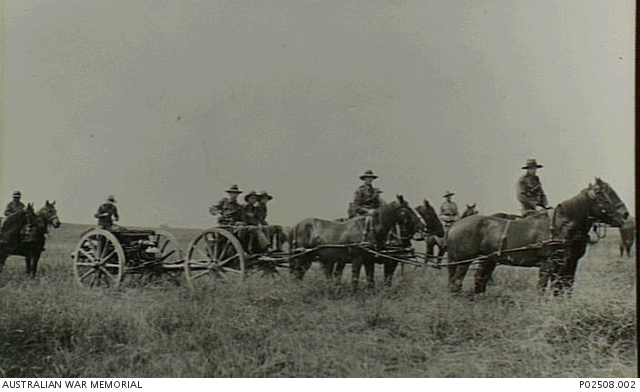
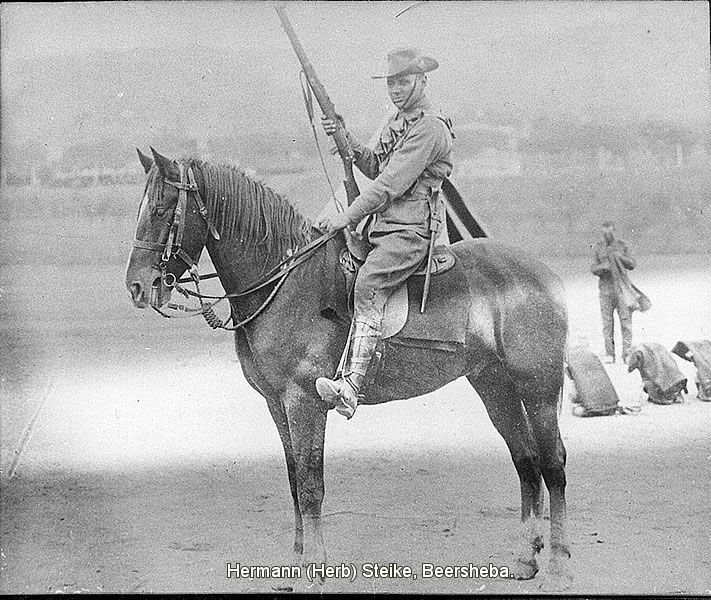
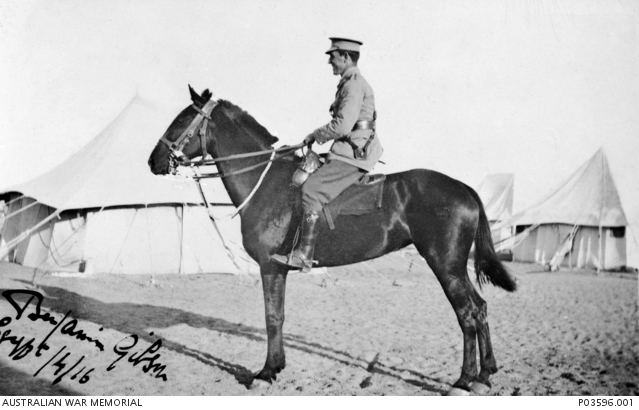
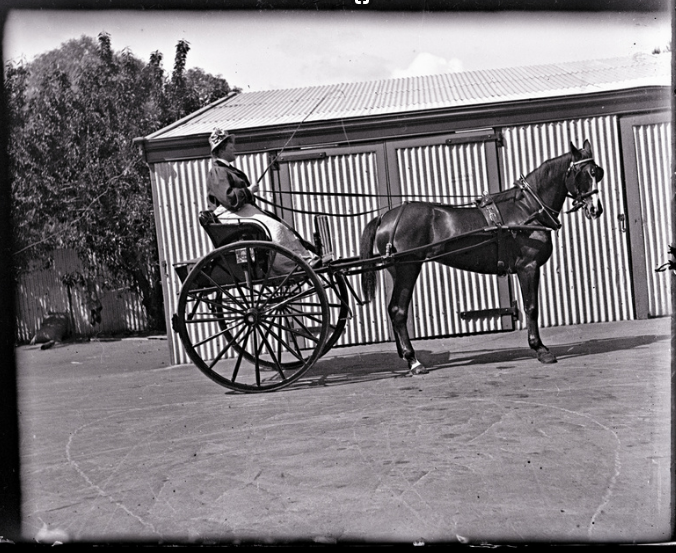
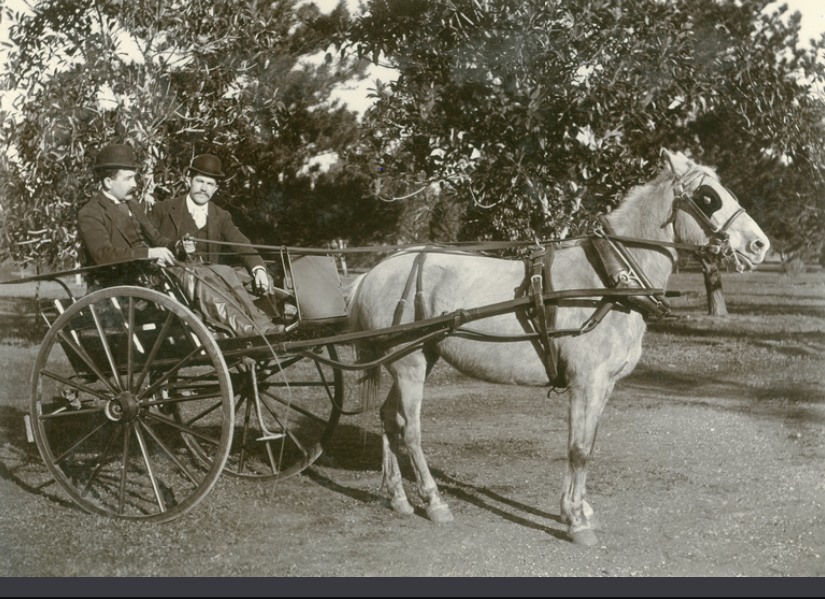
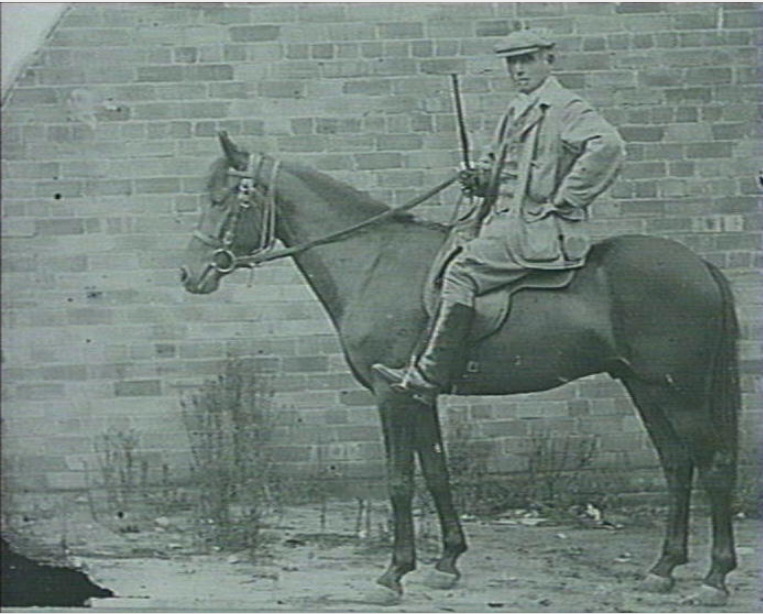
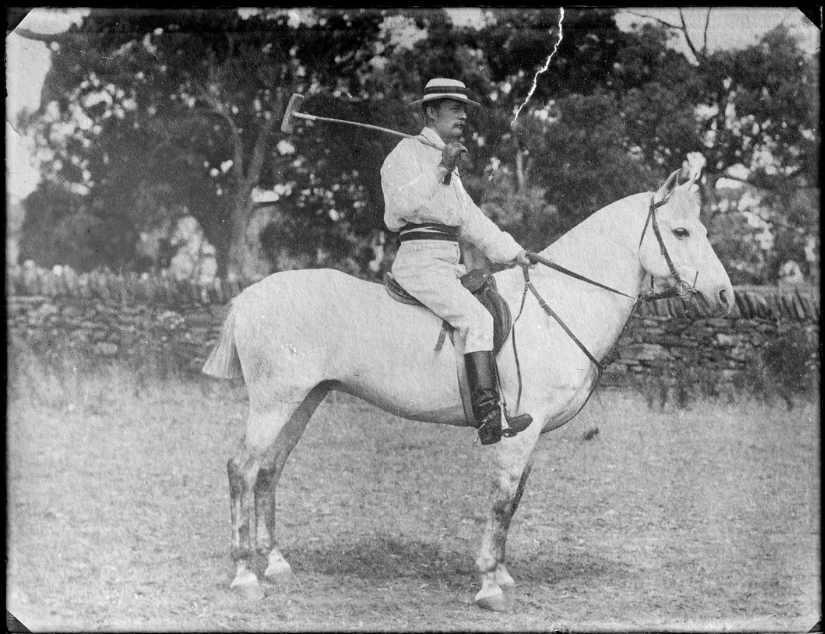
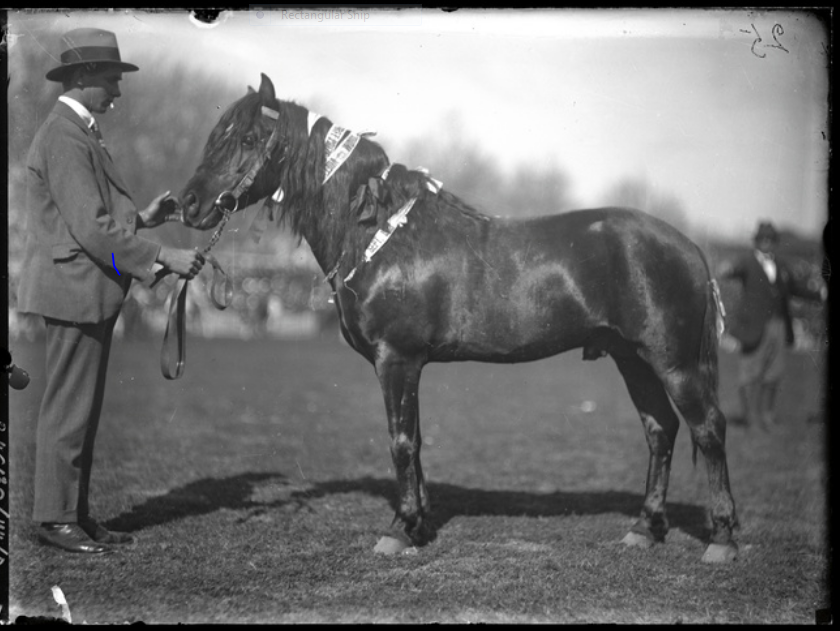

Walking and cantering were the main gaits used by the Australian Army and are also preferred by stockmen. It’s also easier on the horses back and legs. The reason virtually all English horses were vetted out in the first month or so of the Boer War, was that the English told their troops to travel at the trot. Men and horses suffered so much they had to be spelled from active service. The Australians carried on through the whole war, usually on the same horses, by walking and cantering as much as possible. Australian coaches and horse drawn military transport, General Supply wagons, guns etc, were also known for cantering the horses in harness when possible. Needless to say, they also galloped when needed – hence needing an agile horse, faster and more mobile than a full draught. No doubt it made the journey a little faster over long distances to canter, but also a little easier on the horses. Otherwise, they walked, and here a good walk really comes into its own. (You can’t be late for a war when you have the guns!)
(see bottom of page for faults to be aware of)
| Type | Past Use | Current Use |
| Heavy (Artillery) | Gun carriage, haulage | Haulage |
| Medium (Trooper) | Soldier’s mount | Hunting, harness, stock work |
| Light (Officer) | Officer’s mount, polo, racing | Pony Cub, Adult Riders, harness, showjumping, endurance, polo, dressage, eventing, working equitation |
| Pony | Racing, polo | Pony club, harness, polo and all of the above |
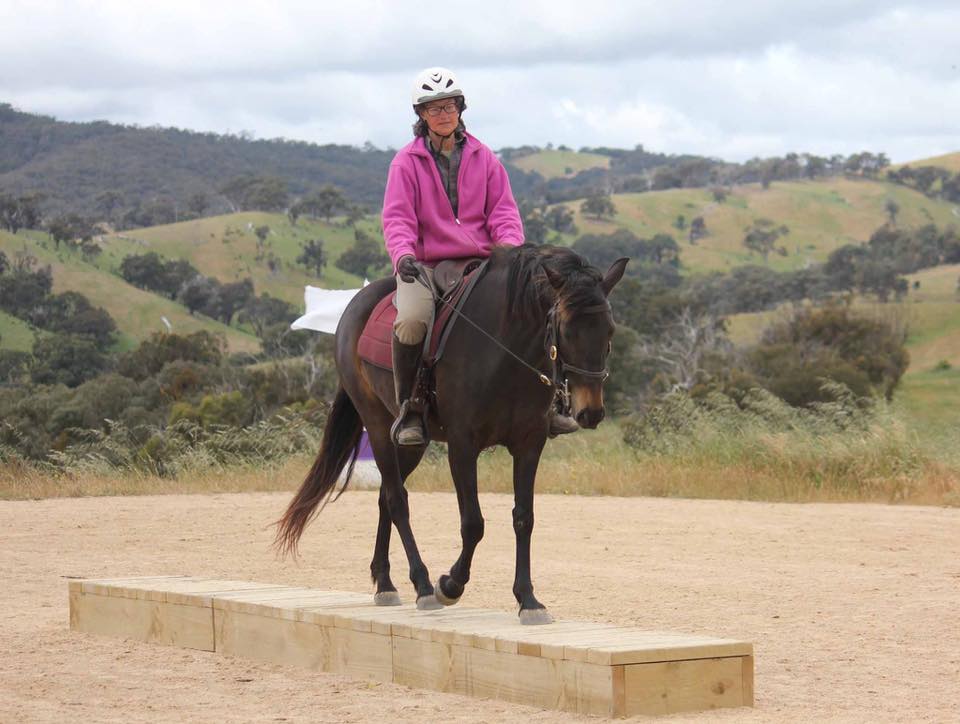

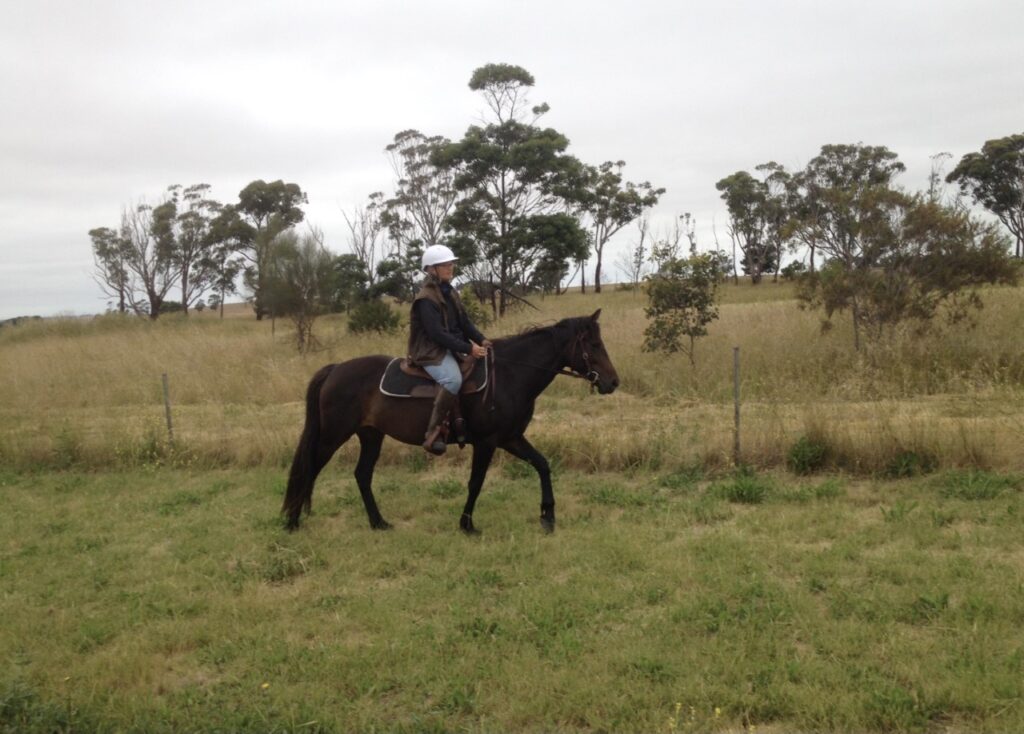
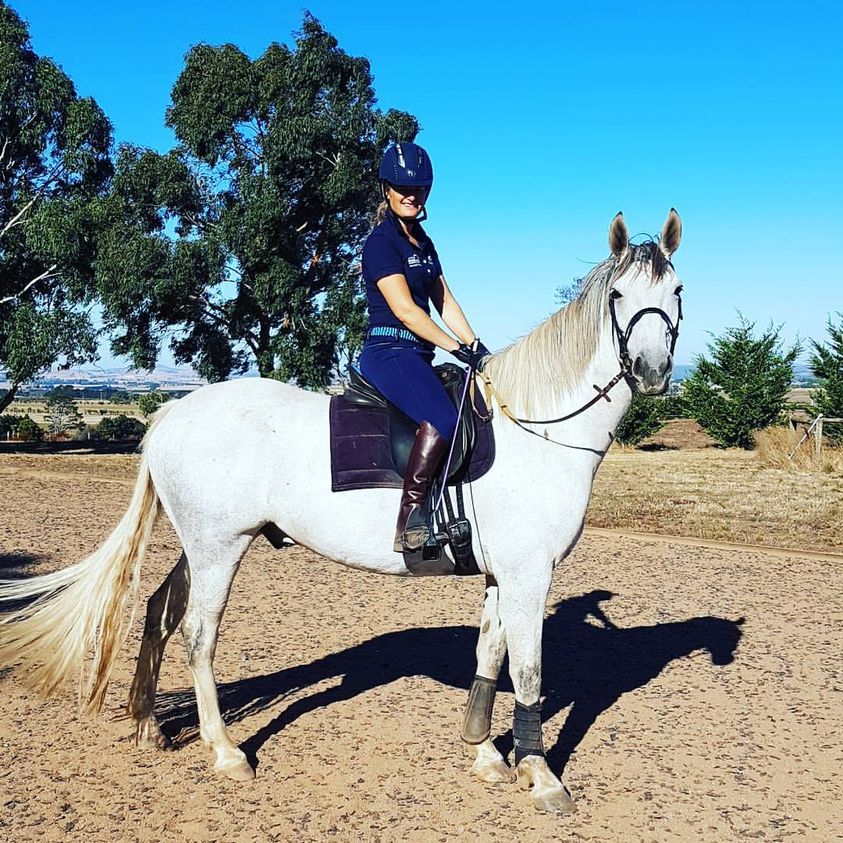
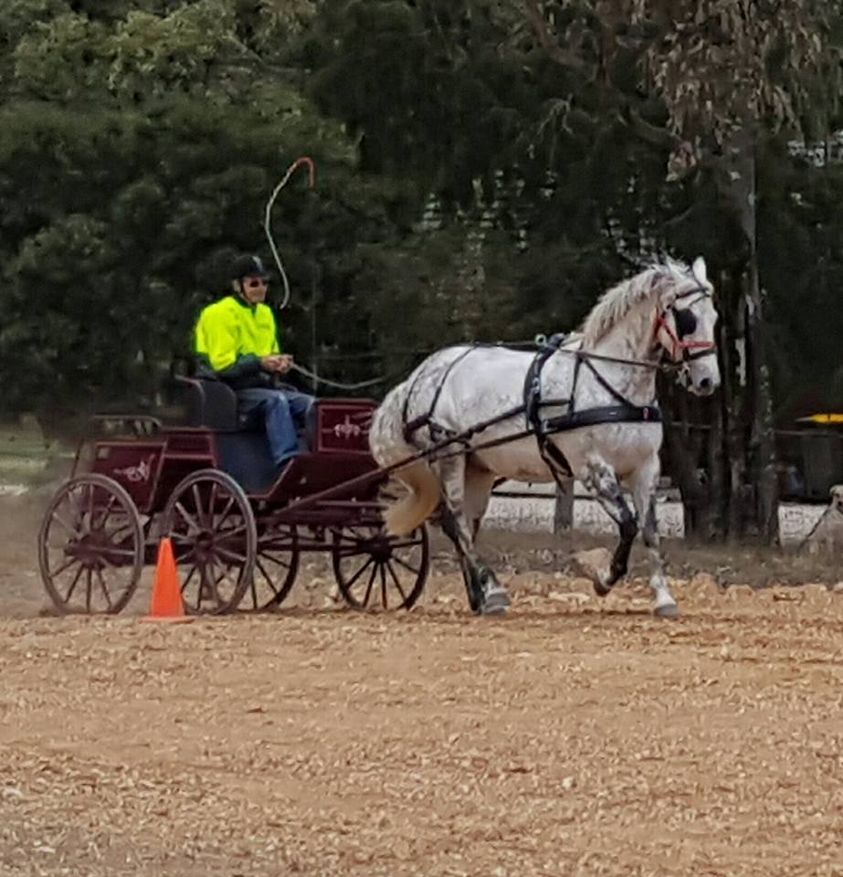
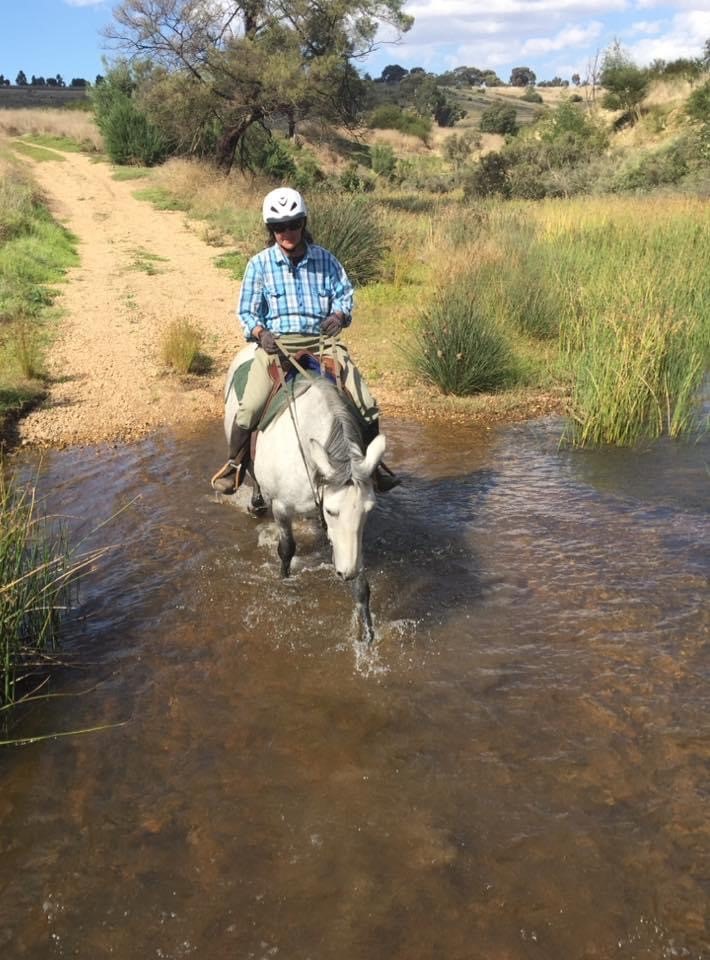
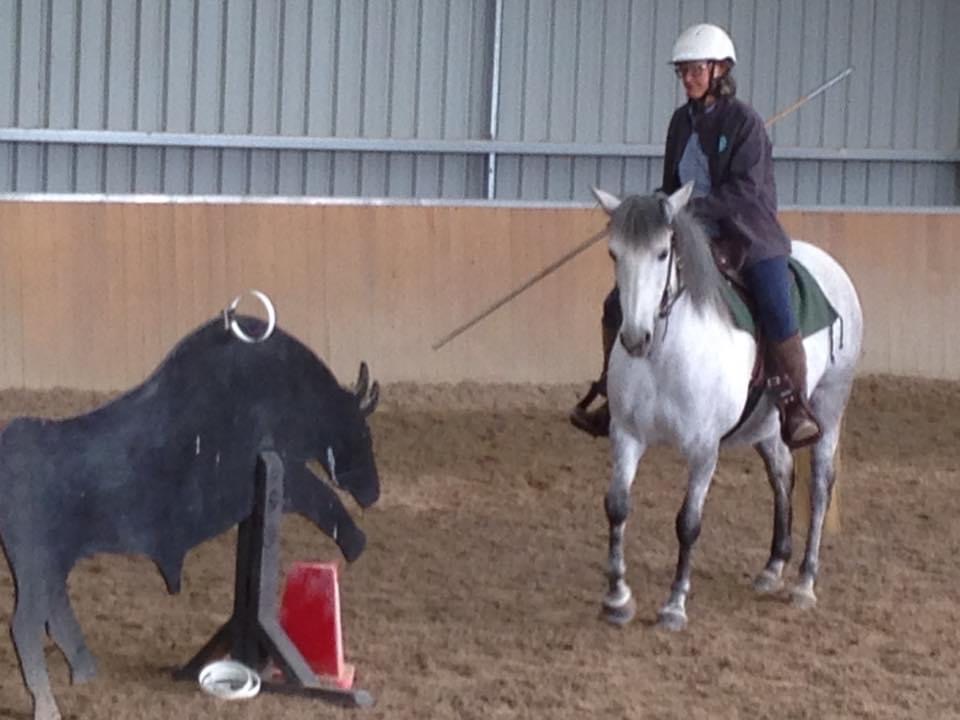
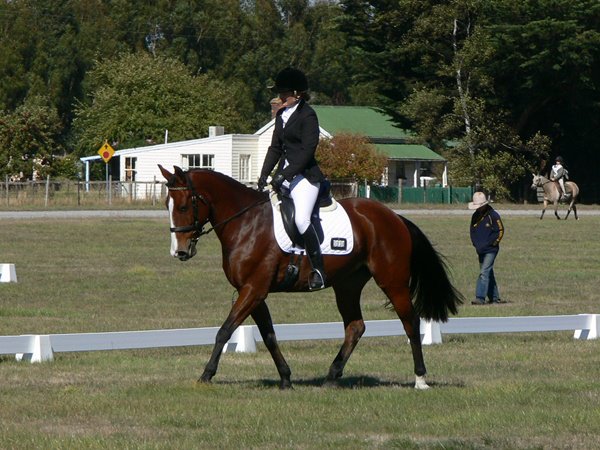
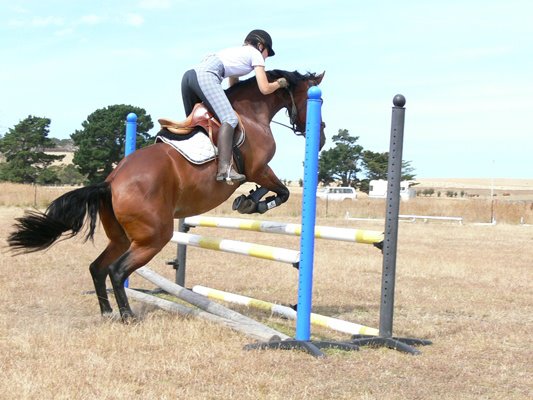

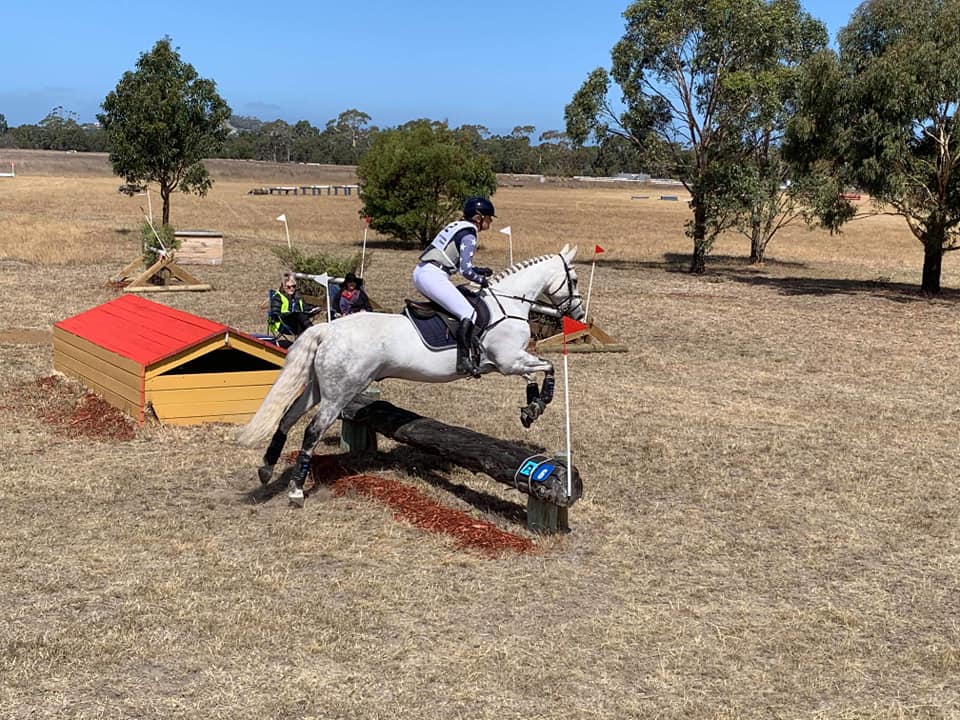
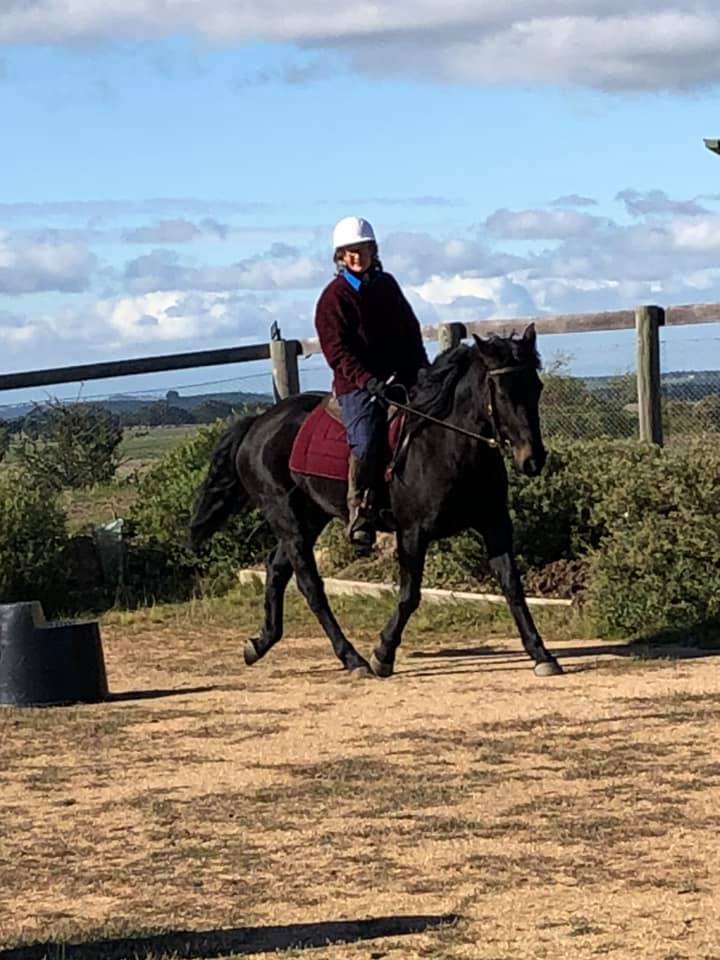
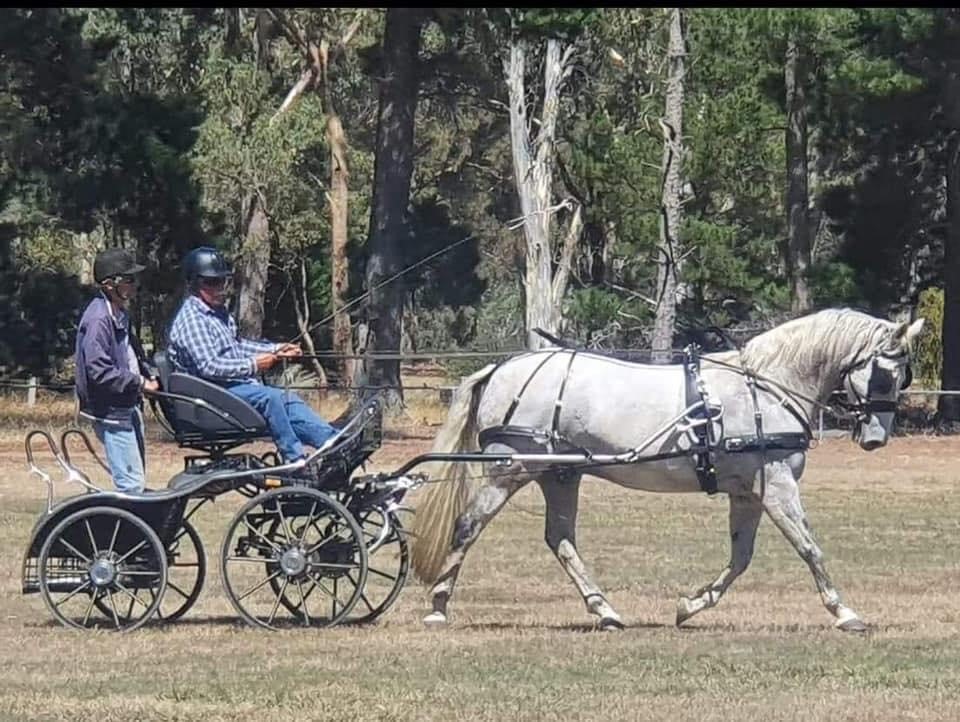
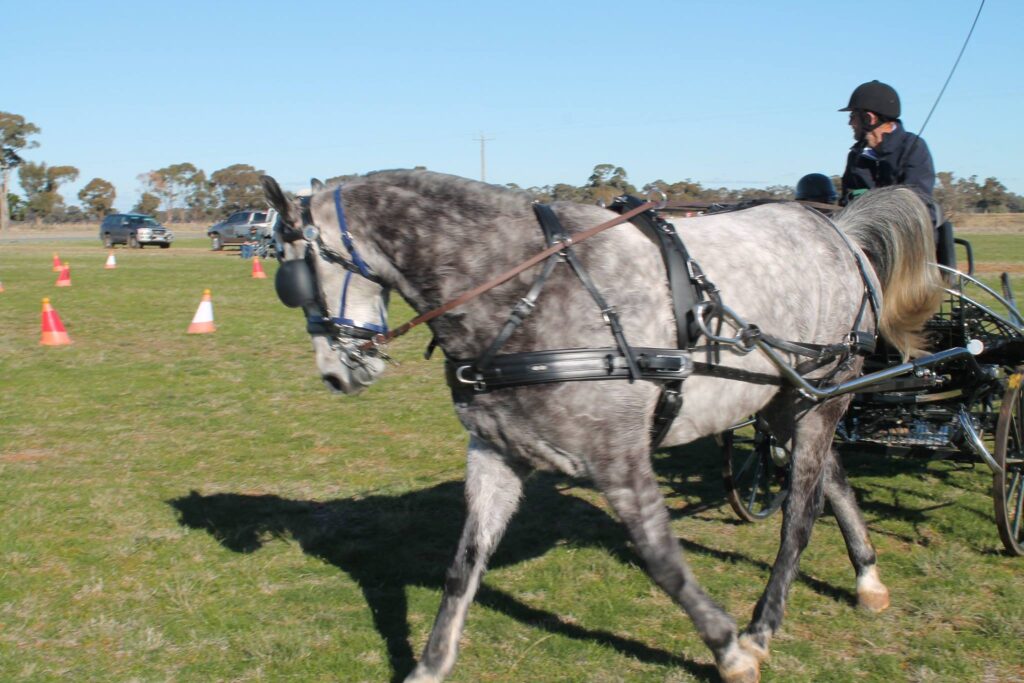
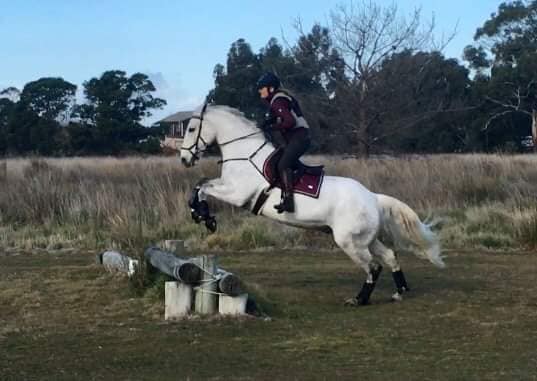
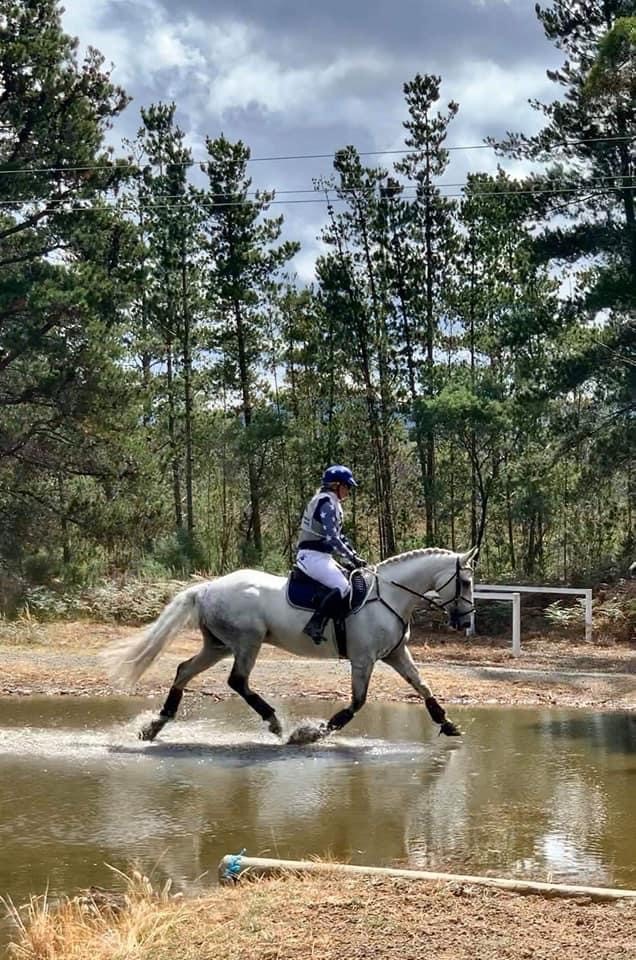
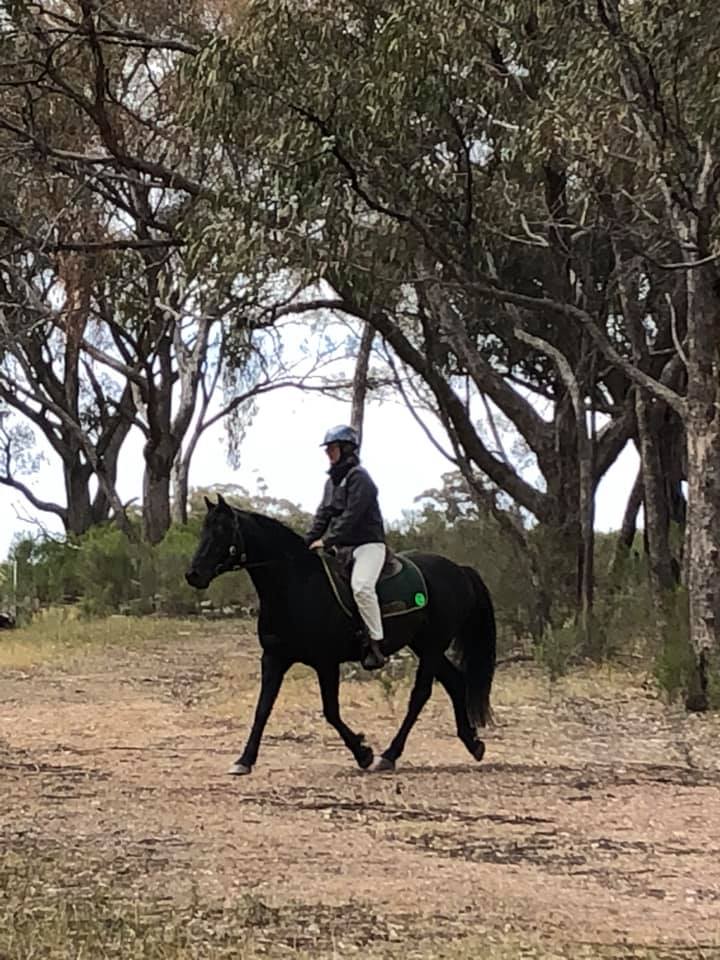

Faults are:
Dishing – the front hooves describing a parabola before hitting the ground. Weaving – plaiting the front feet. Going wide behind – the back legs go out far wider than the front legs. Over-striking – the hind feet hitting the forelegs, often on the coronet, heels, pastern or fetlock (most often a trimming problem). Stifles out of line – a sign cowhocks are too severe. Short action – little steps. Jarring – slamming action, no effort to use joints, tendons and muscles as suspension
Pacing is not a fault, it may be hereditary (should not be from Standardbreds unless a Part Bred, but few if any SBs pace naturally). Pacing is briefly discussed in the Waler history post, under Hobie and Galloway. It should not be seen often (if at all), although often a Waler will pace at the walk (mare Paper Doll) does this, that’s normal. In pacing, the legs on the same side move forward and back in unison, unlike trotting. It’s an old gait once bred for, for riding comfort (palfreys).
Young horses showing off and stallions performing before a mare may throw their feet (dish). An excited horse trying to contain itself can do the same.
Stumbling is not good, it may be low knee action or caused by incorrect hoof trimming or laziness – you must judge. A horse should not be allowed to be this lazy when working.
Limping is a concern. There may be an obvious cause such as injury, splints, sprain, hoof abscess (may yet be unseen, feel for heat in the hoof), stone bruise, quarter crack or seedy toe (if unseen can be detected by tapping the hoof – it sounds hollow). If there’s nothing obvious think about sesamoids, navicular, laminitis, pedal osteitis. These are serious faults but there are signs in the conformation often – long sloping pasterns, upright pasterns, rings around the hoof etc.
Over-striking can merely be a trimming problem, the horse being long in the toe and down at the heel. Some dressage riders trim like this deliberately to get extension.
Short action is the opposite, some people trim the toes off short (dumped) and keep the heels long so the horse takes short steps, it can’t step out or run away with them at speed. Both are cheating ways of riding and place stress on the tendons but are not uncommon.
It’s notable that while a horse with slightly upright pasterns is considered a rough jolting ride, with Walers the strength of muscle, bone and tendons often proves this untrue and such horses may have an easy, cushioned ride at all paces. Impulsion is intact. Remember horses with draught ancestry may have a straighter shoulder. Yet with Waler leg action they may still have a long stride, unlike the usual short going of this structure. A perfectly conformed horse with a magnificent big sloping shoulder, may well be a daisy cutter. Correct action means neither horse nor rider will suffer over long sustained work, and that’s what a Waler is for. At the halt the horse should stand squarely, evenly distributing weight over all four legs, although Walers can be “lazy” – rest a leg at a time!